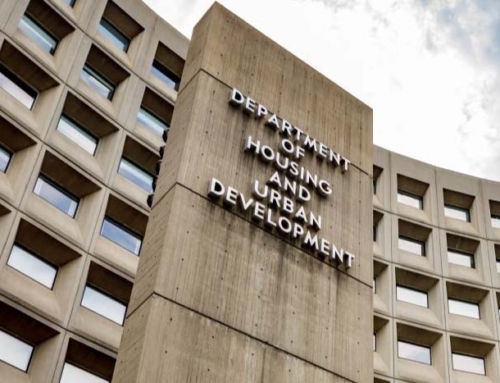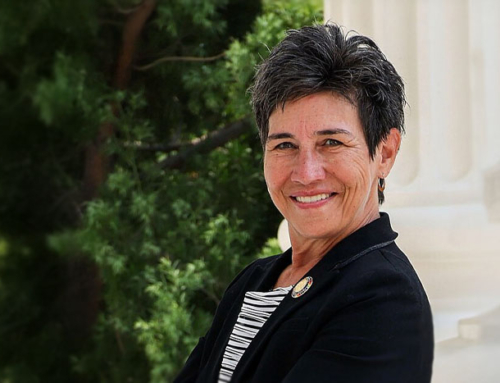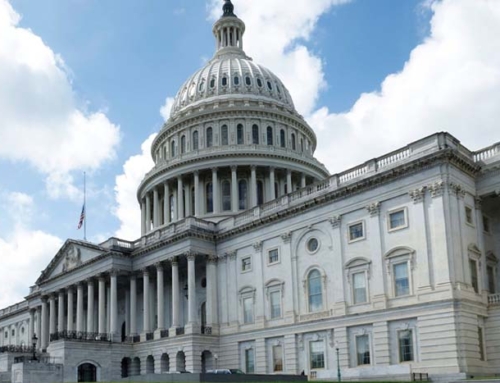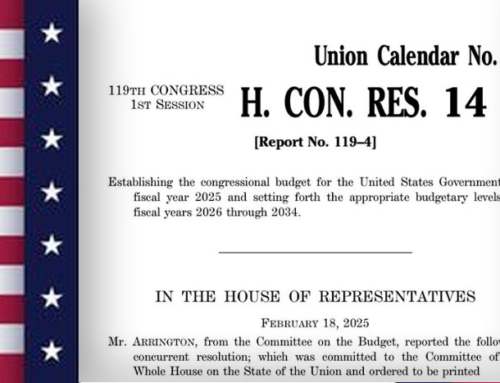Since taking office this year, the Trump administration has destabilized efforts to address housing affordability and homelessness by proposing mass layoffs at HUD, selling or moving the HUD headquarters, placing staff of the US Interagency on Homelessness on furlough, and rescinding housing grants. The FY 2026 HUD “skinny budget” proposal, released in early May, continues this trend, proposing a 43.6% cut to the HUD budget. Under this proposal, HUD would receive $43.5B in funding, a drastic decrease from its current funding level of $77B and would eliminate programs including the Community Development Block Grant (CDBG) program, HOME, and the PRO Housing program. The administration additionally proposes “transforming” current Federal rental assistance programs, including Section 8, into State-based formula grants that allow States to design their own rental assistance programs.
Congress, not the presidential administration, ultimately holds authority over spending and will create its own budget; however, lawmakers are under pressure to find deep savings to enact Trump’s larger agenda, which includes sweeping tax cuts and increases to defense and border security funding. A more detailed FY 2026 budget proposal will be released in mid-May by the Trump administration. If Congress does not pass a final appropriations bill by October 1st, when FY 2026 begins and the previous appropriation bills expire, Congress must utilize continuing resolutions to extend this timeline.
Congress is currently still attempting to pass an FY 25 budget – in early April, both houses passed amended budget resolutions for FY 25, which provide the blueprint for the budget reconciliation bill. Republican lawmakers intend to pass the budget through the reconciliation process, which enables major tax-and-spending legislation to fast-track and bypass the Senate’s 60-vote filibuster rule with a simple majority. The current budget reconciliation bill would spend over $5T to extend tax cuts and cut at least $1.5T in the federal budget through cuts to federal programs such as Medicaid and the Supplemental Nutrition Assistance Program (SNAP). The continuing resolution (CR) passed in March largely extends certain funding levels for housing until September 2025.
© LeSar Holdings/LeSar Development Consultants. All Rights Reserved. Please be advised that any republishing of copyrighted material provided by our organization, in whole or in part, requires prior written authorization. For permission, please reach out to [email protected]. We appreciate your understanding and compliance in upholding copyright laws.





















